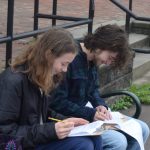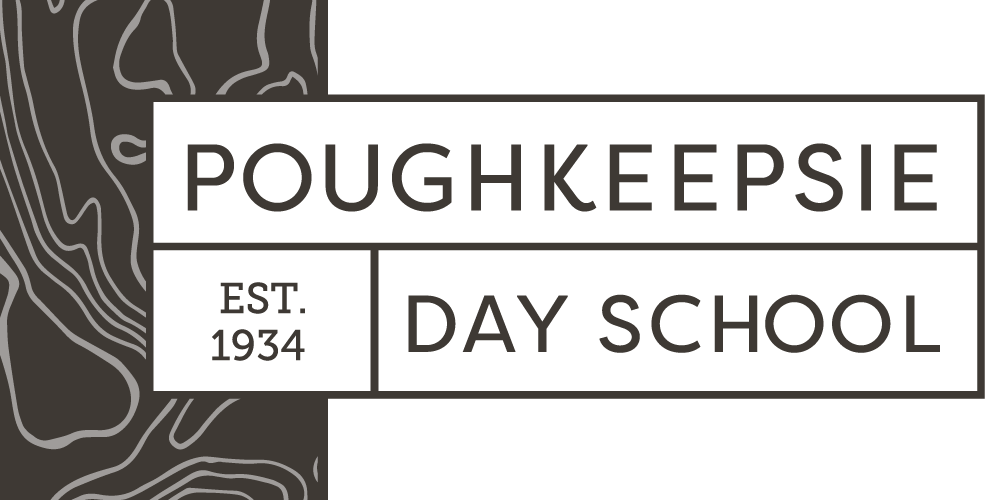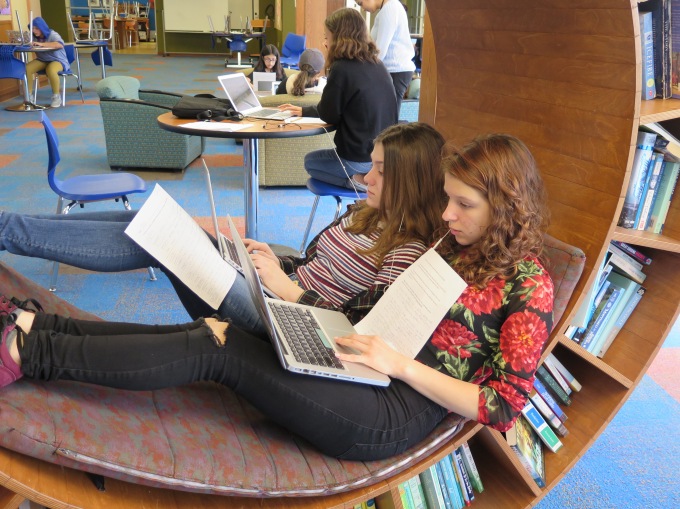
At PDS, we’ve had student-led conferences since 2004, when my predecessor, George Swain, introduced them to our middle school. We started with a pilot for just grade 8, but quickly included seventh graders. The sixth grade followed suit a few years later. We’ve gotten good at leading students through the process and our reputation has grown.
This fall I was contacted by a school that wanted to talk over SLCs, and a two former colleagues led a workshop about the program for yet another school. A third connection arrived by text one day, in the wee hours of the morning. George Swain texted me from China. He’d just finished hearing about SLCs in a Beijing school, and of course wanted to share the news immediately. (No, he didn’t actually wake me up and
I courteously texted him back at 6:30am, likely barely interrupting his dinner.) This seems to be the year of student-led conferences (SLCs): in other schools!
The magic of SCLs is really not magic at all– but rather obvious. The most important person in a school conference is the student. To really have student-centered learning, then, we must have the student at… the center!
With SLCs part of our culture for so long, my encounters with other schools have reminded me why some other programs find them “scary:” You have to know how to talk with students, and not at them, in order to have successful preparation. As long as students are prepared, the conferences will be wonderful. To prepare students takes a dedicated group of advisors who design and follow a process for helping the students to reflect.
Students sometimes seem to believe that the actual conference, when they sit with their advisor and family, is the “hard part.” Really, though, that can be so well rehearsed that is becomes familiar and easy by the day it happens.
Ideally, the most challenging part is the reflection before the conference. At PDS, students are asked to reflect frequently. The biggest amount of time is set aside not right before the conference, but, rather, right after the mid-year reports are released. Using the narratives each teacher has written, a student annotates the reports and synthesizes what the teacher is saying about the learning for the first half of the year. The best part of this synthesis– although not easy– is that patterns emerge that cross subject areas. In this way, a student can see strengths (for example in understanding reading) and think about how to apply to areas needing more development (revising writing, for example.)
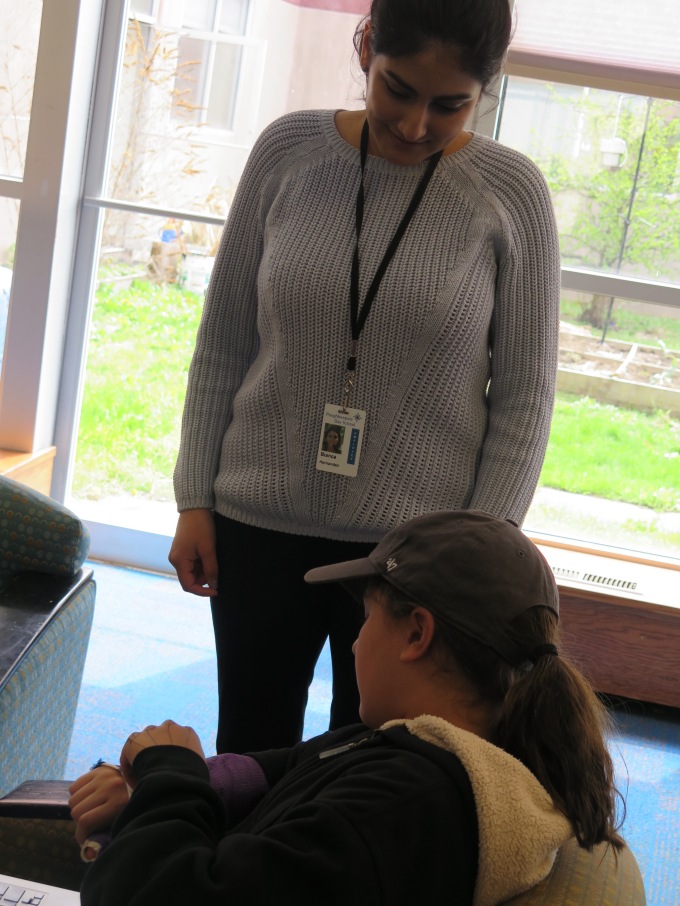
This analysis– thinking about thinking– truly does put the students at the centers of their own learning. And, while not scary, the center is not always the most comfortable place to be. One consequence of setting goals is that you have to acknowledge that you have some control over achieving them. Whenever we take control, we also take on an equal measure of responsibility- and therein lies the challenge.
Just the process of having SLCs in the program automatically brings a cascade of other influences on the program. Teachers write reports knowing that students will be setting goals from them. This makes the language of the reports accessible and direct. We also slow the schedule down enough to include time for conference preparation. Anytime a school slows down a schedule and makes a less hectic pace for students, they benefit. And of course, it is a huge benefit to have parents join us as partners in planning the next steps for the students’ education.
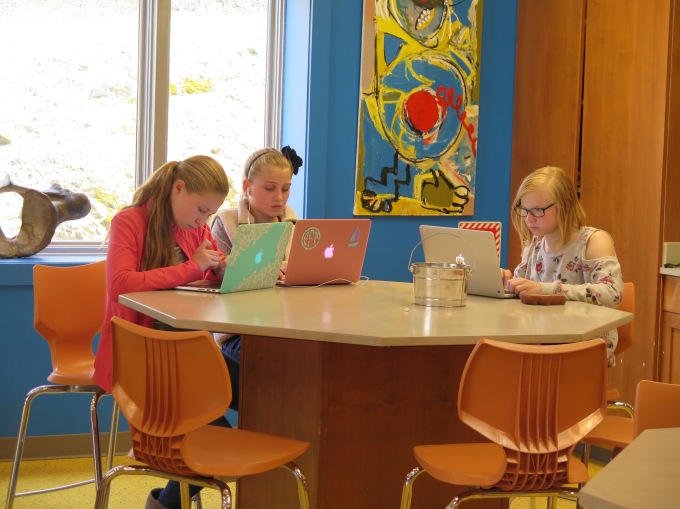
So, have courage! Students should always be including in their conferences, and when they take the lead, all the better.
To leave a comment on this post, click here.
